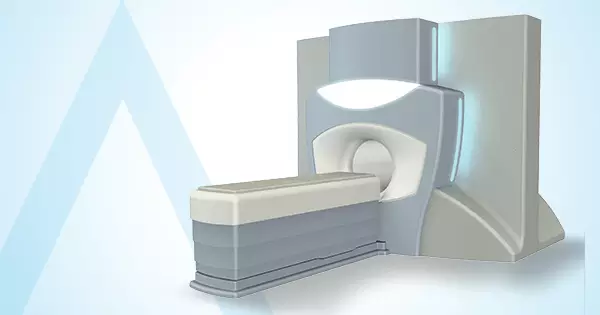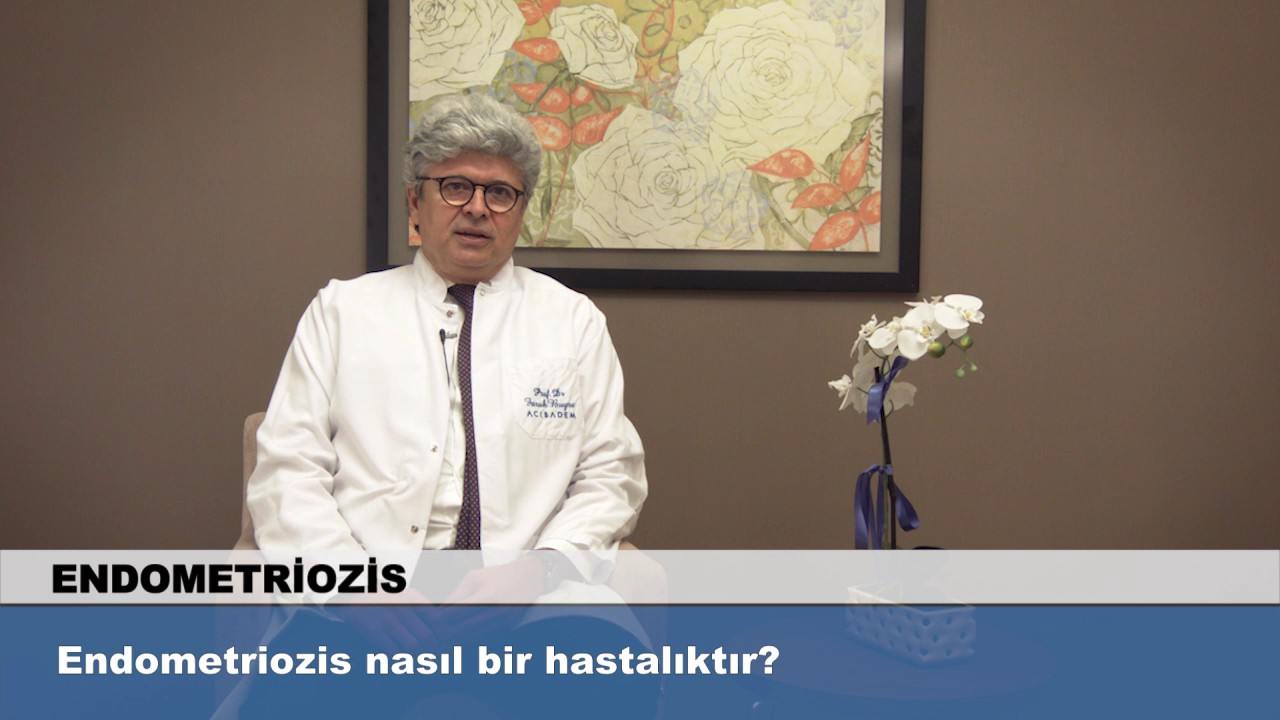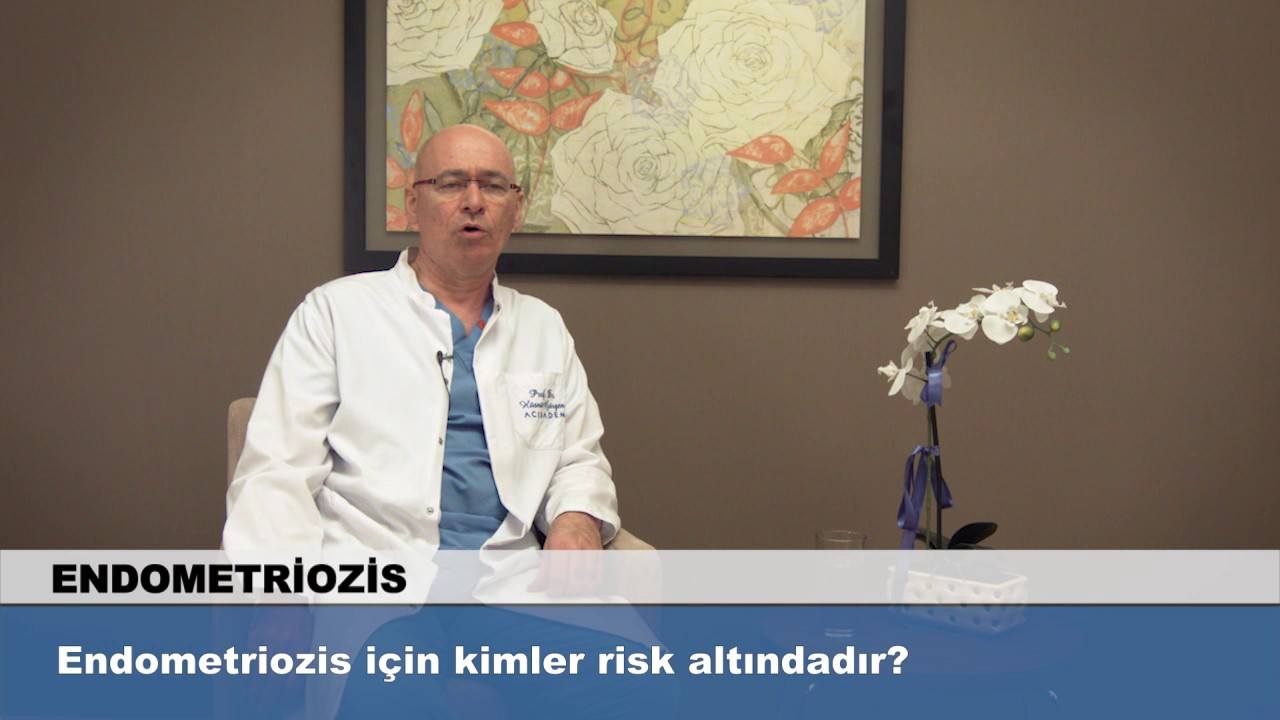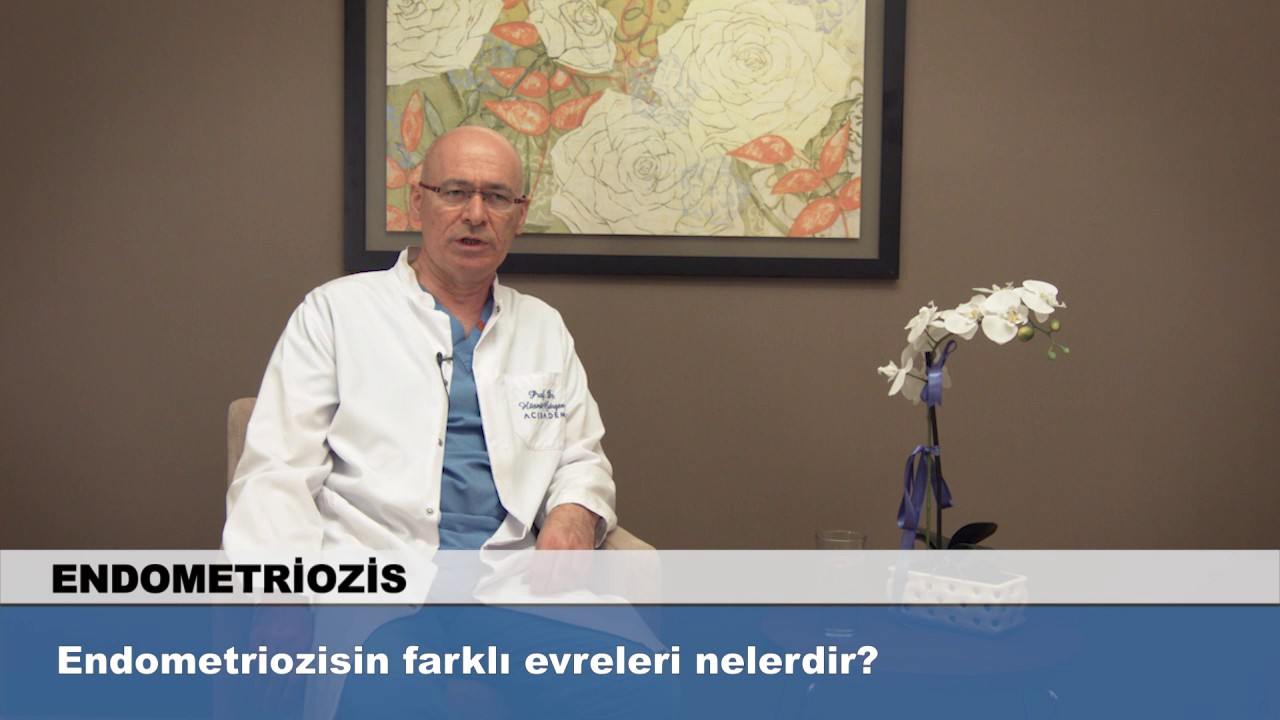Acıbadem Healthcare Group follows a multidisciplinary approach for diagnosis and treatment of endometriosis and chocolate cyst. Diagnosis and treatment of endometriosis is planned according to patient’s age, future conception plans and active complaints.
Patients are evaluated by General Surgeons, Urologists, Gastroenterologists and Psychologists along with Gynecologists in case of certain complaints, such as severe menstrual pain, heavy menstrual bleeding, infertility and pain during sexual intercourse.
Physicians assess patients in the regularly held case meetings to plan treatment
Does Endometriosis Cause Infertility?
Endometriosis is a health problem that is very prevalent in women at age range of 25 to 45 years and it is detected in one out of ten women. Having a dominant place among the common gynecologic diseases, endometriosis can decrease quality of life by causing severe pain in menstrual period and sexual intercourse.
Endometriosis can lead to severe pain in sexual intercourse and menstrual period, while it may also cause infertility through its damage to reproductive health. Thirty to fifty percent of women with endometriosis can face infertility.
Endometriosis is manifested by severe pain and irritable bowel syndrome in some women, while it does not show any signs in others. For patients with no sign of endometriosis, diagnosis of the disease may take 6 to 10 years. Therefore, women with severe menstrual pain - which is accepted normal- should necessarily visit a gynecologist.
Can A Patient with Endometriosis Get Pregnant?
For pregnancy, the eggs that flow in Fallopian tubes should be fertilized by sperm and the fertilized egg should implant into endometrium. However, in endometriosis, diseased tissues that spread outside the uterus may cause infertility by harming Fallopian tubes and ovaries. Endometriosis may hinder pregnancy by severely damaging sperms and ovaries. Therefore, women who plan conception are recommended to postpone their decision.
In Vitro Fertilization (IVF)
Assisted reproductive technologies such as in vitro fertilization and insemination or conservative surgery can be used to help achieving pregnancy and fertility rate can be increased to around 15%. If endometriosis is left untreated, fertility rate is around 2 to 3 percent.
In vitro fertilization therapy increases the chance of pregnancy by 50 -60 % especially in young women. If a reproductive therapy will be started in a woman with endometriosis, the treatment modality is dictated by age of candidate mother, existing diseases and reproductive factors. In endometriosis, options of reproductive therapies include medication, insemination, surgery and in vitro fertilization and the best approach is decided by patient’s doctor.
What are Symptoms of Endometriosis?
Endometriosis (chocolate cyst) is a very common disease worldwide and our country and the condition is diagnosed late in most cases. It is known that one out of 10 women has the condition and it is ever increasingly getting prevalent.
While endometriosis progresses asymptomatically in some patients, it may cause severe complaints in others. A chocolate cyst may be visualized in ovaries in a routine check-up or evaluation of the patient or it can be demonstrated in the form of a nodular lesion above the lining of intestines or between the intestines and back of the uterus.
What is most common location of endometrial implants (diseased tissue) ?
Endometriosis is most commonly found in the ovaries, but they can also be detected in following foci:
- Fallopian tubes
- Connective tissue that supports uterus
- Intestines
- Urinary Bladder
- Vagina
- The interior area between vagina and rectum (intestines)
- Exterior surrounding of uterus
- Borders of the pelvic cavity
- Scars caused by abdominal surgery
Chocolate cysts are common disorders that are detected in one out of 10 women and the condition may affect daily life very adversely. Moreover, since the symptoms are similar to those of other gynecologic conditions, it may take time to establish correct diagnosis and to treat the condition.
Endometriosis may also be manifested by atypical symptoms: complaints such as extreme fatigue and inability to focus attention are likely that are not very specific to the condition.
Some of common symptoms are as follows:
Chronic TirednessChronic tiredness syndrome is one of the least known symptoms in women with endometriosis and it may lead to constant feeling of tiredness and difficulty in focusing. Persistent spring fatigue should lead to high index of suspicion and it is necessary to consider the possibility of endometriosis.
Pain in Low-back, Back, Abdomen and GroinLow-back and back pain are among the most common complaints in women. The fact that a gynecologist is mostly the correct point of admission is usually skipped in treatment of these pains. However, a chocolate cyst may be the underlying cause of persistent pain in low-back, back, abdomen and groin. Recognizing symptoms of the condition, patients visit physicians and complain of being distant to social activities and fatigue and tiredness at most of time.
Avoiding Stool DischargeIf chocolate cysts disperse on and narrow intestines, patients may suffer from severe pain while discharging stool. Moreover, it may also cause problems in pelvic organs.
Avoidance from urination and defecation are among the prominent complaints. Severe dysuria (pain and burn while voiding) is especially likely; since these organs are located very close to each other, movement of one organ may affect the lesion located in a nearby one and cause pain and burn.
InfertilityThe link between infertility and endometriosis is still a matter of debate. Endometriosis foci may lead to infertility by causing obstructions and adhesions especially in tubes and ovaries. The disease may be detected only when a couple visits a doctor to achieve conception.
Painful intercourseMany women suffering from painful intercourse do not consider that there might be an underlying gynecologic disease. This condition may cause marital problems, including low sex drive and even divorce. Therefore, it is necessary to consider chocolate cyst in differential diagnosis of such problems.
Severe Menstrual CrampsSevere menstrual cramp is a common problem in almost all women and it is also among symptoms of chocolate cyst depending on its severity. While women deem these cramps normal or something which may be experienced by all women, it is the most prominent feature of the condition from the perspective of gynecologists.
Gas and bloatingAnother symptom of this disease is gas and bloating. Patients complain of disturbing abdominal distension especially during period. While other etiologies may be responsible for the bloating, endometriosis should also be taken into consideration.
DepressionDepression is among common cause of this disease. In fact, symptoms of chronic depression may simply be a result of the disease and potential problems include inability to activities of daily life, sexual problems and lack of sexual appetite, chronic tiredness and resultant inability to enjoy life.
Patients with such signs and symptoms should visit their doctor, as these symptoms may be caused by other conditions.
How about the correlation between endometriosis and infertility?
Endometriosis is deemed among three principal underlying causes of infertility. Infertility may occur even in mild to moderate cases. In such cases, fertility can be restored with surgery that is performed to liberate adhesions and remove cysts and diseased tissues. However, female fertility may not be recovered in some cases (albeit rare). It is not certain how endometriosis affects fertility.
It is believed that endometriosis affects release of egg from ovaries and prevents migration of eggs to Fallopian tubes. One of the suggested mechanisms highlights endometrial changes that hinder implantation of the fertilized egg to the endometrium.
Chocolate cyst is a type of cyst that develops as a result of endometriosis. Usually, a chocolate cyst is detected in many women with endometriosis.
What is Chocolate Cyst (Endometrioma) ?
Ovaries play important roles not only for producing ovum but also in secreting various hormones (androgens, estrogen, progesterone, etc.). Ovarian endometriosis can affect ovaries adversely.
Endometriosis implies a condition characterized by presence of endometrium (the innermost lining of uterus) in any other body part or organ (abdominal cavity, ovaries etc.).
Presence of endometrium, which is usually located only in uterus, thickens after menstrual cycles to host a baby and excreted at the end of each menstrual cycle, in ovaries can cause bleeding similar to menstrual cycle and accumulation of dark brown blood in ovaries, resulting in chocolate cyst (endometrioma).
The name comes from the old menstrual blood and tissue that looks dark brown, similar to chocolate, and accumulates in the cavity of the cyst. Unlike functional cysts that develop in a normal menstrual cycle, these cysts do not regress and disappear.
Does Every Woman with Endometriosis Have Chocolate Cyst?
Chocolate cyst is detected in approximately one quarter of patients (28%) in both ovaries. Endometriosis is very common in the age range of 25 to 34 tears and affects 10 percent of women; in other words, it is, in fact, a very prevalent health problem.
Seventeen to fifty percent of women with endometriosis have chocolate cyst. Chocolate cyst is present in 15% of women at reproductive age and 30% of women with infertility.
Who Has Chocolate Cyst (Endometrioma) ?
Sixty to seventy percent of patients with endometriosis suffer from pain. The condition stays asymptomatic in some women and it is detected in a surgery or an ultrasound scan. The exact cause of endometriosis is unknown, but it may lead to many problems that affect quality of life adversely.
Symptoms of Chocolate Cyst (Endometrioma)
All symptoms of endometriosis (pain, infertility) may be seen in patients with chocolate cyst. On the other hand, some patients may be asymptomatic. It can be detected in a regular pelvic exam. Excessive growth of cysts may cause serious problems such as pain and perforation of cyst wall and cancer may develop on the wall of chocolate cysts (endometrioma), albeit very rare.
Diagnosis of Chocolate Cyst (Endometrioma)
Chocolate cysts are diagnosed with gynecologic examination and ultrasound. It should be differentiated from other cysts of ovaries. Transvaginal ultrasound plays a major role in differential diagnosis of ovarian cysts, which are detected in an examination.
Chocolate cysts can be diagnosed with ultrasound. Surgery is required if ultrasound points to risk of conversion into a tumor.
Moreover, blood analysis of certain tumor markers can help the diagnosis. The most common ones are Ca125 and HE4. Laparoscopic (closed method) surgery can be recommended, if pain is the major complaint of a woman with endometriosis and chocolate cyst and it affects quality of life and activities of daily life adversely.
Treatment of Chocolate Cyst (Endometrioma)
There is no permanent cure of endometriosis. It is because 2-year relapse rate of endometriosis is around 20 percent and the risk increases thereafter, irrespective of treatment modality, although personal variations are likely.
Available treatments, such as medications or surgery, aim to alleviate severe pain and allow conception by eliminating the infertility, if any. Treatment modality is decided depending on severity of condition, resultant problems and other patient factors.
Chocolate Cyst (Endometrioma) Surgery
Laparoscopic surgery is better with regard to both outcomes of treatment and patient’s comfort in comparison to open surgery. Chocolate cysts should be excised such that ovaries are not damaged; adhesions should be liberated and other endometriosis foci should be eliminated.
The surgery should use the most atraumatic techniques possible in order not to damage ovarian capacity.
Follow-up for a certain period of time is the best approach for patients with no complaint who are diagnosed with chocolate cyst incidentally in an examination. Surgery may be considered, if Ca25 levels are high or cysts are larger than 5 cm in size.
Ovarian capacity should be preoperatively evaluated with ultrasound and AMH; surgery should be avoided to maximum extent for women with low ovarian capacity, who have not given birth.
Name of the endometriosis originates from “endometrium” (the tissue that lines the innermost layer of uterine cavity). In women with endometriosis, endometrial cells are found in other organs of the body along with uterus.
Their preferential locations are usually other reproductive organs, such as ovaries and Fallopian tubes, abdominal cavity or distant organs.
On the contrary to the menstrual bleeding, such tissues cannot discharge menstrual blood out of the body and therefore, menstrual blood accumulates, resulting in inflammation and swelling in surrounding tissues. This process may pave the way for lesions or other formations by causing wound reactions.
Menstrual blood may infiltrate the tissue, especially if ovaries are involved, and thus, the blood accumulates and leads to formation of chocolate cysts.
Endometriozis nasıl bir hastalıktır?
Acıbadem Fulya Hospital, Kadın Hastalıkları ve Doğum Uzmanı, Prof. Dr. Faruk Buyur, "Endometriozis" üzerine soruları cevaplıyor.Endometriosis affects approximately 2 million women in Turkey negatively every year by causing severe menstrual cramps, infertility and painful intercourse. This figure implies a tenth of women in the same age range.
Endometriosis affects 10-17% of women at reproductive age and 35-60% of women with chronic pelvic pain and the condition may cause infertility.
Endometriosis-related pain is not a very common sign, but it necessitates treatment, as it is regarded as one of severest pains.
Since it may take approximately 7 to 8 years to establish diagnosis, most patients suffer from pain that affects both daily life and sex life adversely, as an appropriate treatment cannot be started.
Treatment of endometriosis depends on age of patient, future conception plans and severity of signs and symptoms. Main purpose of the treatment is to control pain and prevent or delay progression or formation of new foci. This aim can be achieved by surgery or medication treatment.
Who are at risk?
Endometriosis may occur in any women, but certain factors increase the risk of endometriosis significantly in women:
- Family history (a first-degree relative with this disease)
- Those who will give birth for the first time after 30
- White race
- Women with an uterine anomaly
- Having never given birth
- Initiation of period at an early age
- Late menopause
- Elevated estrogen levels in body or higher exposure of the body to estrogen which is produced during entire life span,
- Low BMI (body mass index)
- Alcohol consumption
- Having one or more blood relatives with endometriosis (mother, maternal/paternal aunt or sister)
- Conditions which prevent the discharge of menstrual blood.
- Uterine anomalies
Endometriozis için kimler risk altındadır?
Acıbadem Fulya Hospital, Kadın Hastalıkları ve Doğum uzmanı, Prof. Dr. Hüsnü Görgen "Endometriozis" üzerine soruları cevaplıyor.Endometriosis usually starts developing several years after the menarche (the first menstruation). Signs of endometriosis disappear partially during pregnancy and permanently in menopause.
What Are Stages of Endometriosis?
America Society of Reproductive Medicine has developed a classification system for endometriosis: Stage of endometriosis may vary depending on location, amount, depth and size of endometrial tissue implants.
Some of the specific criteria are as follows:
- Spread of diseased tissue
- Relation between female reproductive organs (tubes and ovaries) and the disease
- Severity of adhesion in visceral organs of woman
- The extent Fallopian tubes are involvedtarı
Endometriozis'in farklı evreleri nelerdir?
Acıbadem Fulya Hospital, Kadın Hastalıkları ve Doğum uzmanı, Prof. Dr. Hüsnü Görgen "Endometriozis" üzerine soruları cevaplıyor.Stage of endometriosis may not be a direct indicator for severity of pain, risk of infertility or other findings. For example, a woman with stage IV endometriosis may not show any symptoms, while a woman with stage I endometriosis complains of severe pain.
Another important consideration is as follows; the women with Stage I or I endometriosis has the highest chance to recover fertility, if they are treated early. Progression of disease reduces not only the chance of conception, but also potential positive outcomes of treatment
How Is It Diagnosed?
Your physician checks if there are abnormalities in your body and addresses the symptoms you recognize to diagnose endometriosis; the first step is a gynecological exam. However, it is difficult to make accurate diagnosis of abnormalities without further tests.
Some of these tests are as follows:
Gynecologic ExaminationThis examination is made to check vagina, uterus, urinary bladder and rectum. Physician checks if there is a change in form and size of these organs and tries to feel (palpates) if there is any mass lesion. Physician places a device called “speculum” inside the vagina to check upper parts of vaginal canal and cervix.
Transvaginal UltrasoundFor this test, physician places a device that sends high-frequency sound waves into vagina. Echo pattern of sound waves creates an image.
LaparoscopyThis surgical procedure uses an imaging device, called laparoscope, to visualize organs in pelvis and other abdominal organs. This operation requires very small incisions (approximately 1 cm) around the belly button.
CA125 TestThis test checks the level of a protein in blood, called CA125, which is a tumor marker for some gynecologic cancers and also present in blood of women with endometriosis. However, CA125 levels can be high due to pregnancy, menstruation and other gynecologic disorders or cancers.
Treatment of Endometriosis
Endometriosis is generally treated with medications and surgery. The treatment modality that you and your doctor will choose depends on severity of your complaints and your future conception plans. Physicians usually first recommend conservative treatment and surgery is reserved for the final remedy.
Your physician may recommend some pain killers to help your pain. If maximum dose of prescribed medications does not help alleviation of pain, you may need to try another method to control your symptoms.
Hormone replacement can sometimes be effective to control the pain caused by endometriosis. Fluctuation of hormones throughout the menstrual period causes thickening in extra-uterine endometrial tissue followed by thinning and bleeding. Hormone therapy may slow down the growth of endometrial tissue and hinder formation of new foci.
Hormone therapy is not a permanent solution for endometriosis. Symptoms are likely to relapse, after treatment is stopped. Hormone therapies used for treatment of endometriosis are as follows:
Hormonal Oral Contraceptives
Oral contraceptive pills, tapes and vaginal rings help controlling the hormones that cause accumulation of endometrial tissue every month. These methods help management of mild to moderate pain caused by endometriosis.
Progesterone Therapy
Menstrual bleeding and growth of endometrial foci can be stopped by progesterone therapy in the form of an intrauterine device, oral contraceptive pill or contraceptive injections; thus, pain and other symptoms of endometriosis can regress.
Endometriosis Surgery
If you have endometriosis and try to conceive, you can increase the chance of pregnancy through successful surgeries that eliminate endometriosis while sparing your uterus and ovaries.
Conservative Surgery
If you complain of severe pain due to endometriosis, surgery can be beneficial. However, postoperative recurrence of the pain is likely.
Your physician may start this treatment with laparoscopic technique or open surgery for larger cases. In laparoscopic surgery, surgeon makes a small incision on the abdominal skin and places an imaging device, called laparoscope that passes through the umbilicus; thus, endometrial tissues are excised through another small incision.
Hysterectomy
Total hysterectomy is regarded as the ultimate remedy for severe cases of endometriosis, but it is the best option to remove uterus, cervix and ovaries.
However, hysterectomy surgery may not offer the intended therapeutic effect, if only uterus is removed, because ovaries will continue synthesizing and releasing estrogen and therefore, formation of new endometriosis foci may be triggered and pain may relapse.
Hysterectomy is accepted the ultimate remedy especially for women at reproductive age. This is because pregnancy is not possible after hysterectomy.
It is critical to contact a physician whom you trust for treatment of endometriosis. You may want to ask for a second medical opinion to learn all your options and be sure you choose the best method.
Hospitals
-
 Altunizade Hospital
Altunizade Hospital -
 Atakent Hospital
Atakent Hospital -
 Ataşehir Hospital
Ataşehir Hospital -
 Bahçeşehir Outpatient Clinic
Bahçeşehir Outpatient Clinic -
 Bakırköy Hospital
Bakırköy Hospital -
 Bursa Hospital
Bursa Hospital -
 Dr. Şinasi Can (Kadıköy) Hospital
Dr. Şinasi Can (Kadıköy) Hospital -
 Eskişehir Hospital
Eskişehir Hospital -
 Fulya Hospital
Fulya Hospital -
 International Hospital
International Hospital -
 Kozyatağı Hospital
Kozyatağı Hospital -
 Maslak Hospital
Maslak Hospital
Doctors
-
 Prof. A.TANER USTA, M.D.
Prof. A.TANER USTA, M.D.
-
 Prof. CEM FIÇICIOĞLU, M.D.
Prof. CEM FIÇICIOĞLU, M.D.
-
 Prof. CEM DEMİREL, M.D.
Prof. CEM DEMİREL, M.D.
-
 Prof. FARUK BUYRU, M.D.
Prof. FARUK BUYRU, M.D.
-
 Prof. FARUK SUAT DEDE, M.D.
Prof. FARUK SUAT DEDE, M.D.
-
 Prof. FUAT DEMİRCİ, M.D.
Prof. FUAT DEMİRCİ, M.D.
-
 Prof. HÜSNÜ GÖRGEN, M.D.
Prof. HÜSNÜ GÖRGEN, M.D.
-
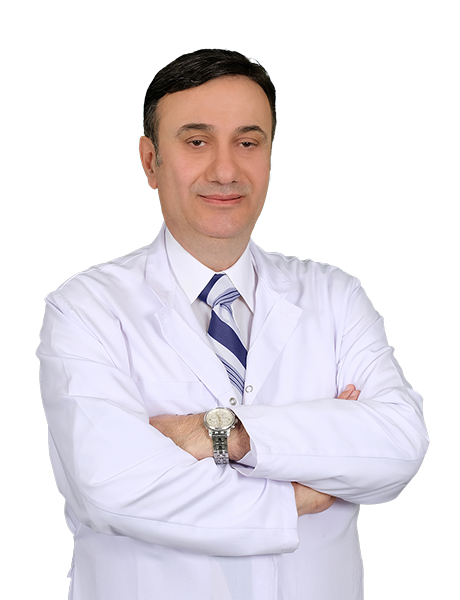 Prof. M.CEM TURAN, M.D.
Prof. M.CEM TURAN, M.D.
-
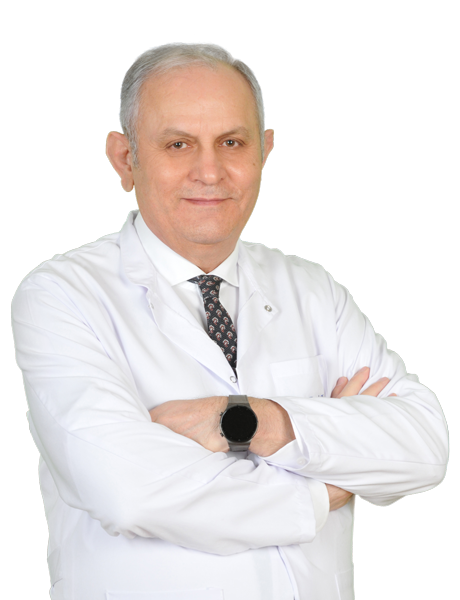 Prof. M.FARUK KÖSE, M.D.
Prof. M.FARUK KÖSE, M.D.
-
 Prof. MEHMET CİHAT ÜNLÜ, M.D.
Prof. MEHMET CİHAT ÜNLÜ, M.D.
-
 Prof. METE GÜNGÖR, M.D.
Prof. METE GÜNGÖR, M.D.
-
 Prof. TANSU KÜÇÜK, M.D.
Prof. TANSU KÜÇÜK, M.D.
-
 Prof. TUFAN BİLGİN, M.D.
Prof. TUFAN BİLGİN, M.D.
-
 Assoc. Prof. BAKİ ERDEM, M.D.
Assoc. Prof. BAKİ ERDEM, M.D.
-
 Assoc. Prof. CEREN YILDIZ EREN, M.D.
Assoc. Prof. CEREN YILDIZ EREN, M.D.
-
 Assoc. Prof. DENİZ ATASOY, M.D.
Assoc. Prof. DENİZ ATASOY, M.D.
-
 Assoc. Prof. ELİF MEŞECİ, M.D.
Assoc. Prof. ELİF MEŞECİ, M.D.
-
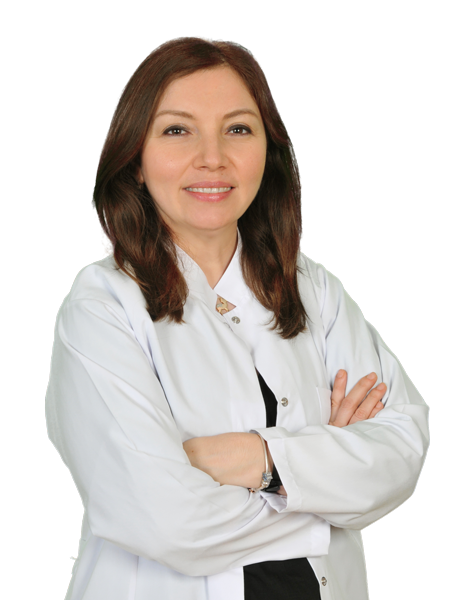 Assoc. Prof. EMİNE KARABÜK, M.D.
Assoc. Prof. EMİNE KARABÜK, M.D.
-
 Assoc. Prof. ENGİN ÇELİK, M.D.
Assoc. Prof. ENGİN ÇELİK, M.D.
-
 Assoc. Prof. FIRAT TÜLEK, M.D.
Assoc. Prof. FIRAT TÜLEK, M.D.
-
 Assoc. Prof. HALE GÖKSEVER ÇELİK, M.D.
Assoc. Prof. HALE GÖKSEVER ÇELİK, M.D.
-
 Assoc. Prof. ÖZGÜÇ TAKMAZ, M.D.
Assoc. Prof. ÖZGÜÇ TAKMAZ, M.D.
-
 Assoc. Prof. ÖZLEM ÖZGÜR GÜRSOY, M.D.
Assoc. Prof. ÖZLEM ÖZGÜR GÜRSOY, M.D.
-
 Assoc. Prof. SELİN ÖZALTIN, M.D.
Assoc. Prof. SELİN ÖZALTIN, M.D.
-
 Assoc. Prof. TURGUT AYDIN, M.D.
Assoc. Prof. TURGUT AYDIN, M.D.
-
 ALPER TURGUT, M.D.
ALPER TURGUT, M.D.
-
 AYSEL ÖZKAYNAK, M.D.
AYSEL ÖZKAYNAK, M.D.
-
 BİRGÜL KARAKOÇ, M.D.
BİRGÜL KARAKOÇ, M.D.
-
 BURCU YILMAZ, M.D.
BURCU YILMAZ, M.D.
-
 CEM ÖNCÜLOĞLU, M.D.
CEM ÖNCÜLOĞLU, M.D.
-
 ELİF GANİME AYGÜN, M.D.
ELİF GANİME AYGÜN, M.D.
-
 GÜLAY BEYDİLLİ NACAK, M.D.
GÜLAY BEYDİLLİ NACAK, M.D.
-
 HAKAN ÇAKIR, M.D.
HAKAN ÇAKIR, M.D.
-
 JALE DAL AĞCA, M.D.
JALE DAL AĞCA, M.D.
-
 MELİHA KOVANCI BAYRAKTAROĞLU, M.D.
MELİHA KOVANCI BAYRAKTAROĞLU, M.D.
-
 MİNE İNAN, M.D.
MİNE İNAN, M.D.
-
 MUSTAFA KEMAL GÜNVER, M.D.
MUSTAFA KEMAL GÜNVER, M.D.
-
 ÖZGE KAYMAZ YILMAZ, M.D.
ÖZGE KAYMAZ YILMAZ, M.D.
-
 PARVANA SEYİDOVA VOYVODAOĞLU, M.D.
PARVANA SEYİDOVA VOYVODAOĞLU, M.D.
-
 SALİH YILMAZ, M.D.
SALİH YILMAZ, M.D.
-
 SEMA DEMİRSOY, M.D.
SEMA DEMİRSOY, M.D.











